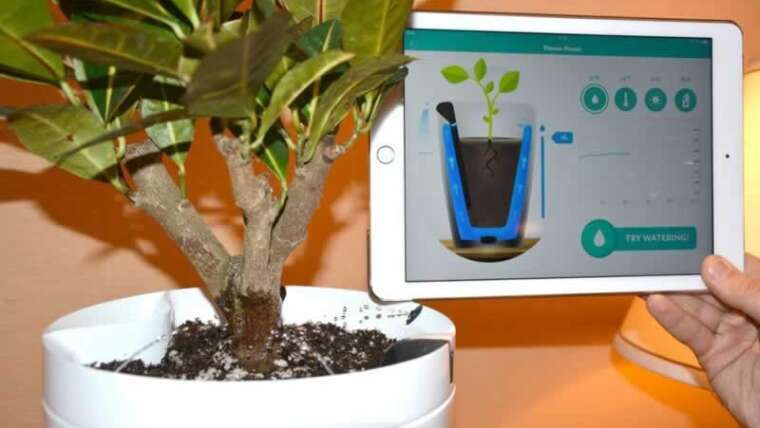If you have trees on your property, you already know some of the benefits of them without a doubt. Apart from their aesthetic values, which make the property and the area more attractive, they can also add value to your house or property. Trees need to be looked after. A healthy tree gives us shade in spring and summer and protects us from the wind at other times. Trees also provide us with something else important. Oxygen! So it makes perfect sense to spend time and money on tree maintenance.
By maintaining and caring for the trees on your property, you are helping them live long and healthy lives as Mother Nature intended, and that in turn helps the planet. There are many things you can do to keep the trees healthy and identify problems or prevent problems from occurring. Pruning, fertilizing and soil management are some of the areas that need to be examined on a regular basis. Let's say you plant a new tree. Did you know that tree maintenance starts at the selection point? What you do over the next few years will affect how healthy your tree will be. The strength, shape and lifespan depend on your actions.
Choice of tree and correct location for planting
You have an area in mind for your tree, so now you need to select the correct tree for that area. This means you need to have an idea of how tall the tree will grow and how big its canopy might be. You need to have enough space for this and make sure the tree receives enough sunlight for it to grow. Check for water pipes, underground utilities, and power lines. Don't plant the tree too close to these, and also be careful not to plant it too deep as this is a common mistake.
Don't let your tree get too thirsty
As with all plants, you need to water your tree. Of course, if you have a lot of rain then you don't need to worry that much, but if you haven't had rain for several weeks, then you need to check the tree. A new tree will need between 4 and 10 gallons of water each week for the first two growing seasons. Older trees need about an inch of water every week.
Spread mulch
Mulch is a layer of material (usually organic) that can be made from clippings of grass, leaves, straw, hay, shredded bark, sawdust, manure, and more. This spreads over the surface of the soil and helps maintain moisture in the soil, reduce weed growth and improve the overall health of the soil. Remove the grass under your new tree and add 2 to 3 inches of mulch, being careful not to cover the base of the tree trunk.
Fertilize
We all like to keep our gardens and yards clean and tidy, and that means raking up fallen leaves and removing grass clippings. Unfortunately, this deprives the trees of nutrients that they would naturally receive in the forest or in other rural areas. We can compensate for this by adding fertilizer. You should use a slow release fertilizer to deliver nutrients back to the true nutrients that have been removed from the environment. Make sure you test the soil regularly to see if there are any nutrients short or short.

Prune your tree
You should prune the tree to improve its structure and growth. Removing dead wood can improve the appearance of the tree and prevent it from interfering with the tree's natural growth. Ideally, you prune a tree when it has lost all of its leaves. In the summer, you can focus on smaller branches that are dead or damaged and generally just tidy up the tree's appearance.
Let the professionals do a health check
Check with a certified arborist once a year to check for issues you may not see or understand. They look for red flags that may indicate a problem and can help fix that problem. A health check can mean very early on to prevent a major problem from occurring later.
What do professional tree care services do?
You know some basic care tips for planting and maintaining your tree. What if you don't have the time, or perhaps even the inclination, to tackle arboriculture yourself? Well, there are plenty of professional tree care companies that you can fall back on. Are there reasons you should hire a professional arborist instead of tackling problems yourself?
An arborist needs up to three years of experience before he can be certified. Some companies will not employ an arborist with less than a decade of experience. Basic tree care is simple, but an arborist sometimes faces difficult and dangerous tasks that only a professional should do. For example, they may have to work tightly on power lines or work very high that many people would be uncomfortable with.
Arborists are properly trained and equipped to carry out immense jobs. You are able to safely move and transplant large trees to new locations. There are many stories of ordinary people trying to haul a tree and it eventually goes through the roof of their home. Some things should always be done by professionals and they can also do parasite prevention, lightning protection, structural support, planting and pruning.
Tree care summary
As you know, there can be many benefits to having a tree on your property as long as you remember to properly care for it. Follow the maintenance tips to stay healthy and strong. If you need to do major jobs with specialized equipment, you should probably consult a certified arborist.




